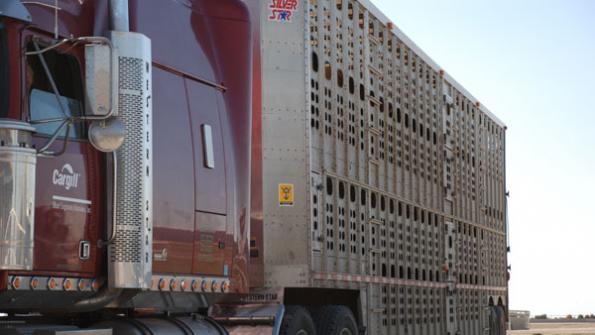Packers Struggle To Increase Beef Prices
The feedlot replacement market seems to have hit a wall and could be in a holding pattern until supplies become much tighter or fat cattle bust completely through the $130/cwt. barrier.
March 10, 2012

Ultimately, prices ration product. In the case of dwindling beef supplies, though, this simple economic necessity continues to be muted.
For one thing, the mild winter is yielding heavier carcass weights than seasonally normal, which are magnifying the challenge of ratcheting up wholesale beef prices.
Steve Meyer and Len Steiner pointed out in their CME Group Daily Livestock Report last week that packers’ attempts to slow production through reduced kills is being offset, in part, by the heavier carcasses.
Speaking to packer gross margins, Steiner and Meyer say, “…The situation in the beef business is particularly bad, given overcapacity in the beef packing sector and the decline in the number of market-ready cattle that will almost certainly last through 2013. Even gross margins dipped into negative territory in January and have been below $75/head since the second week of 2012…”
At the same time, crude oil and gasoline prices continue surging higher in the wake of the improving domestic economy. As consumers are forced to pay more, the fear is that higher beef prices transition from a rationing tool to a barrier.
Put it all together and AMS analysts say, “…the feedlot replacement market seems to have hit a wall and could be in a holding pattern until supplies become much tighter or fat cattle bust completely through the $130/cwt. barrier.”
About the Author(s)
You May Also Like




.png?width=300&auto=webp&quality=80&disable=upscale)
